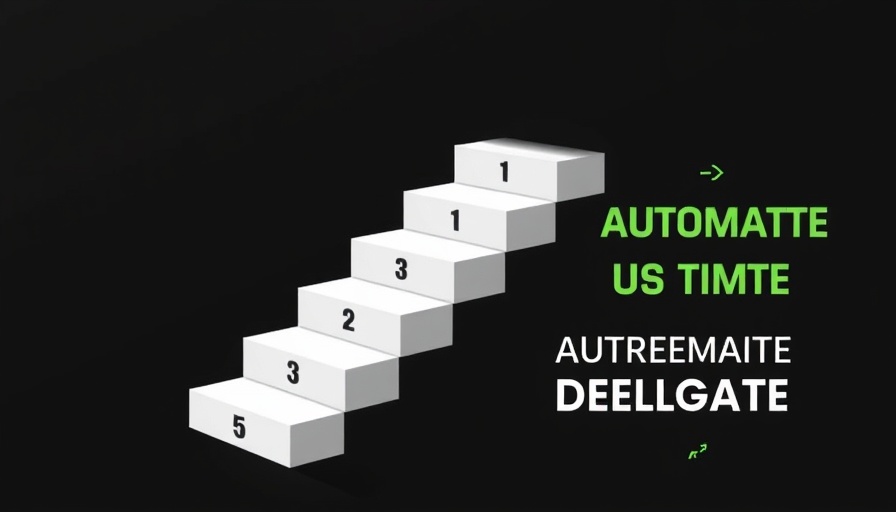
Understanding Dopamine Pressure: The Pursuit of Mental Stimulation
In our fast-paced world dominated by instant notifications and endless distractions, the concept of "dopamine pressure" has emerged as a critical point of discussion. Often, we find ourselves gravitating towards novel experiences or stimuli, not purely out of necessity but due to the innate craving for a dopamine hit. This pleasure neurotransmitter governs our reward system and, as a consequence, influences our focus and productivity significantly.
The Cycle of Dopamine Pressure
Dopamine pressure builds when we go without the hits of stimulation to which we've become accustomed. For example, consider the collective sigh of relief that accompanies the moment a flight lands, and passengers feverishly return to their phones, seeking a rush of notification-driven validation. This scenario exemplifies how, even in moments of enforced quiet—like a two-hour flight—we naturally seek to re-establish our mental equilibrium through external stimulation.
The Relevance of Recognizing This Pressure
Recognizing dopamine pressure in our daily routines is vital for effective stress and attention management. During a yoga session, while engrossed in a book, or even during a meeting, it’s common to feel the pull towards distractions. This urge prompts crucial questions: Are we addicted to the rush such distractions provide? Or are we genuinely looking to regain focus after a period of mental quietude?
Future Predictions: Managing Dopamine in an Increasingly Distracted World
As we move further into a tech-driven era, it’s imperative to recognize the growing consequences of dopamine addiction. Current trends point towards increased mental fatigue among professionals, with reports highlighting a correlation between overstimulation and decreased productivity. A proactive approach might involve establishing boundaries around technology use to prevent the overwhelming effects of dopamine pressure, thereby enabling more profound focus and creativity.
A Practical Approach: Steps to Lower Dopamine Altitude
For entrepreneurs and executives caught in the cycle of incessant distractions, developing awareness of dopamine pressure is the first step. Here are some practical strategies to achieve this: 1. **Mindfulness Practice:** Engaging in mindfulness can help professionals become aware of their mental states and recognize when they’re seeking dopamine hits.
2. **Scheduled Breaks from Devices:** Designating specific times for checking devices can reduce the temptation to distract oneself during critical tasks. 3. **Deep Work Sessions:** Emphasizing the value of uninterrupted work periods allows for deeper cognitive engagement, counteracting the habitual need for stimuli.Common Misconceptions About Dopamine Pressure
A prevalent myth is that craving dopamine means we lack motivation or discipline. In reality, it reflects our natural biological wiring. Understanding this can foster a healthier relationship with technology and enhance productivity. The goal isn’t to entirely eliminate the pursuit of novel stimuli but to find a balance that aligns with our goals and wellbeing.
Conclusion: Finding Balance in a Stimulation-Heavy World
As executives and entrepreneurs navigate the increasingly complex landscape of modern work, understanding and managing dopamine pressure becomes essential. Recognizing these urges as they arise—not as shortcomings but as opportunities for reflection—can lead to more effective strategies for productivity and focus. To truly thrive in today’s environment, we must find harmony between our need for stimulation and our pursuit of meaningful work.
By focusing on these insights and implementing effective strategies, you can cultivate a more productive work environment where creativity and clarity thrive. Embrace the challenge of managing dopamine pressure today, and pave the way for a balanced, fulfilling professional life.
 Add Row
Add Row  Add
Add 




Write A Comment